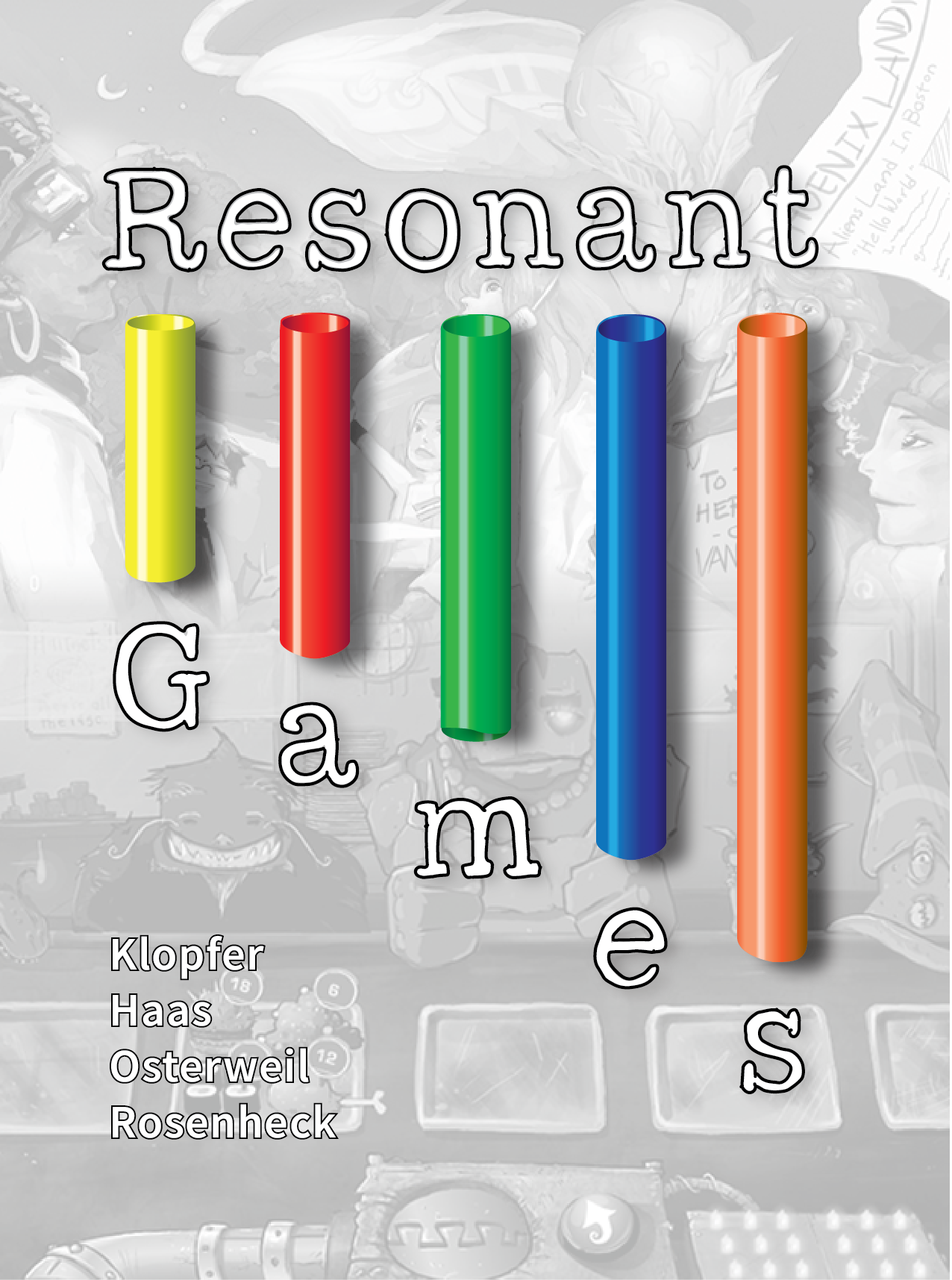Cigdem Uz-Bilgin and Meredith Thompson of the CLEVR project have recently published a paper in the journal Virtual Reality.
Processing presence: how users develop spatial presence through an immersive virtual reality game
Cigdem Uz‑Bilgin1 · Meredith Thompson1
Received: 1 September 2020 / Accepted: 13 April 2021 ©
This is a U.S. government work and not under copyright protection in the U.S.; foreign copyright protection may apply 2021
Abstract
A primary affordance of virtual reality (VR) headsets is to give the user spatial presence or the illusion of being in the virtual environment. Although considerable research connects VR to spatial presence, spatial awareness, and spatial ability, little is known about how users develop spatial presence in VR learning environments. This study addresses that gap by exploring spatial presence experience construction in a VR educational game and investigating whether users’ knowledge, game experience, and VR experience impact the establishment of spatial presence. In this study, 56 high school students played an immersive 3D VR cell biology game where players search for clues within a virtual cell to diagnose the cell. Findings suggest that players’ perceptions of spatial presence are linked to how they allocate their attention during the game, their level of interest in cellular biology, and their visual-spatial acuity, but are not linked to their game experience, VR experience, or prior knowledge of the content area. These results indicate that well-scaffolded, engaging virtual environments can foster spatial presence among users, regardless of prior knowledge or experience, and gives practitioners clues about how to design VR learning environments. Keywords Virtual reality · Immersive technology · Game-based learning · Spatial presence · Learner characteristics · Spatial ability
https://link.springer.com/article/10.1007%2Fs10055-021-00528-z


